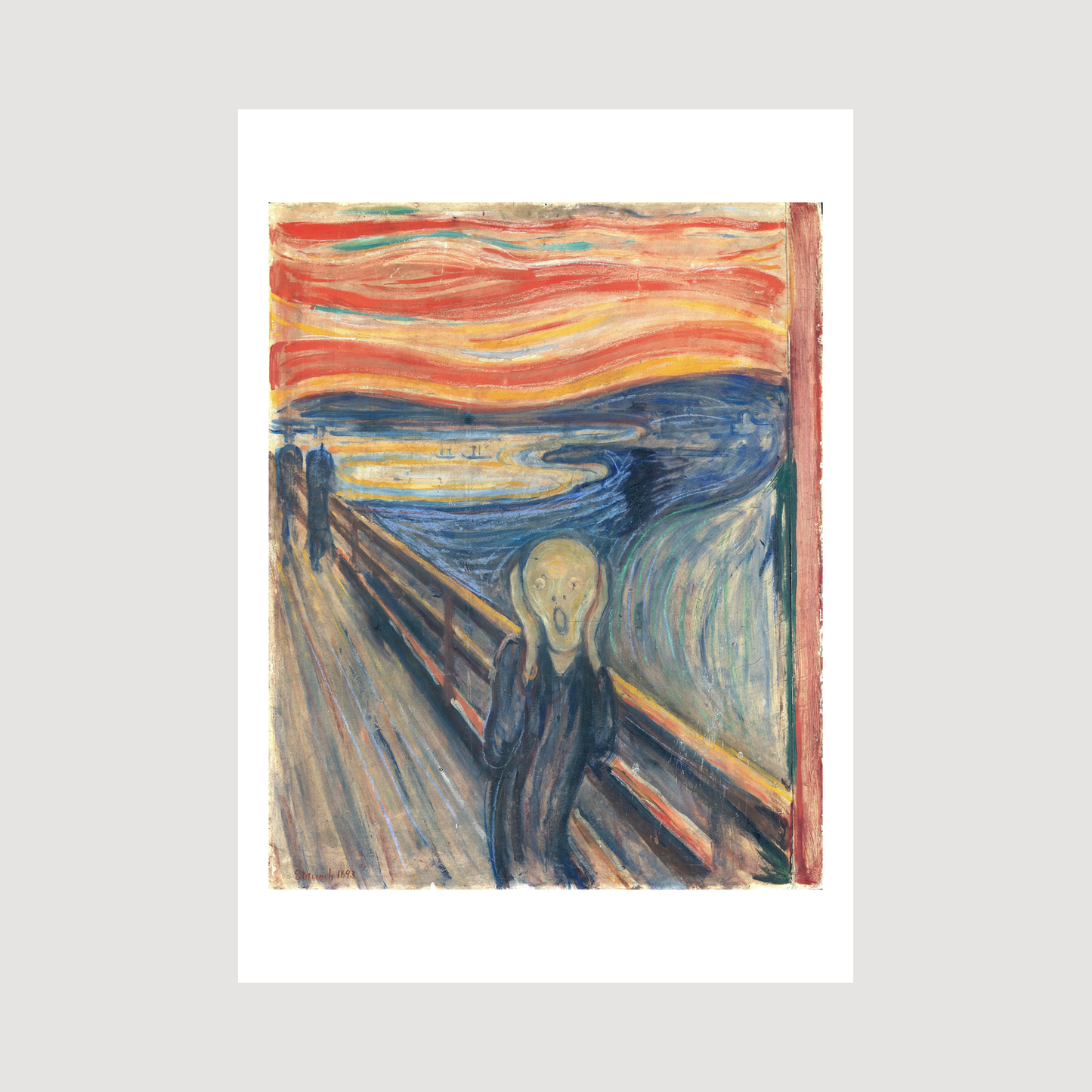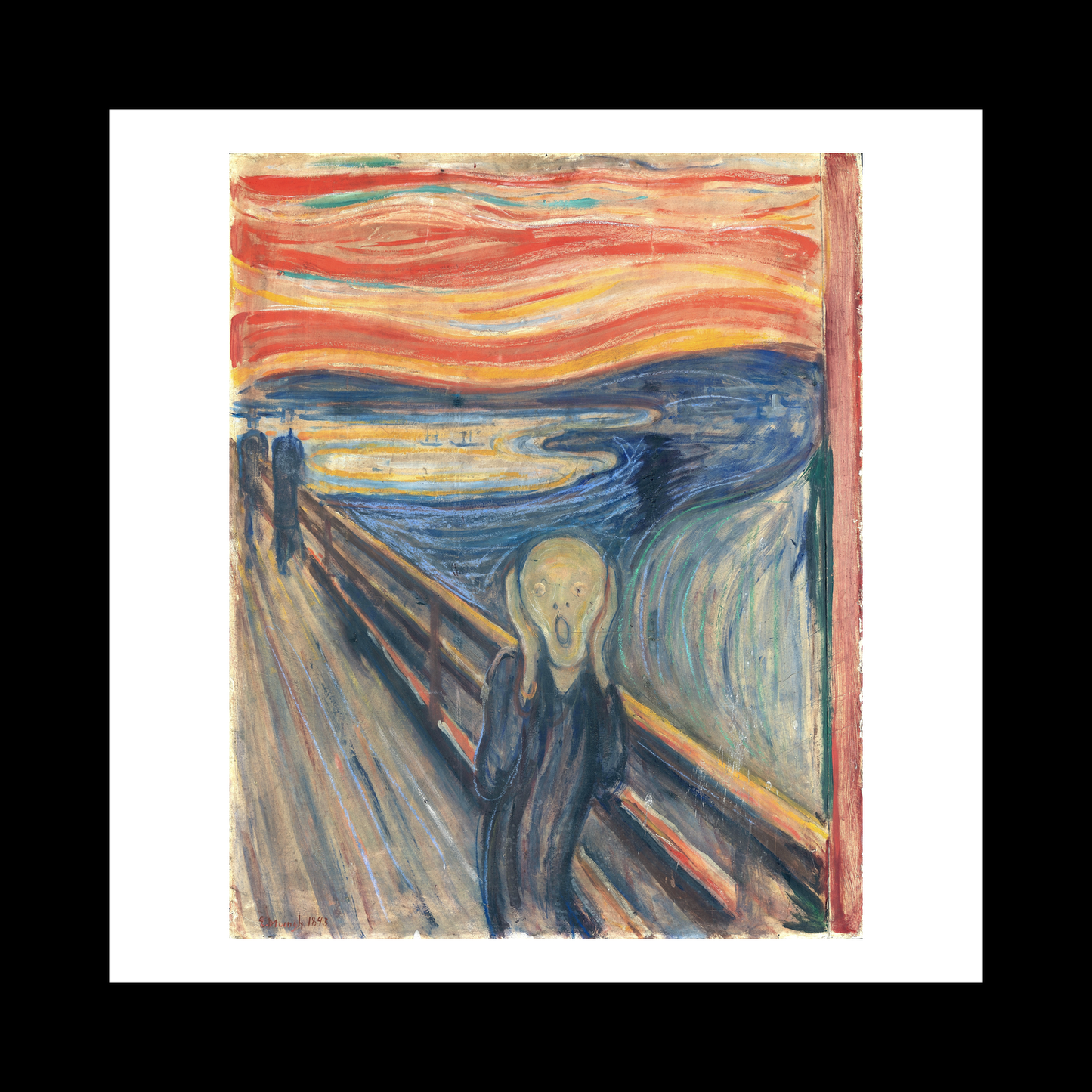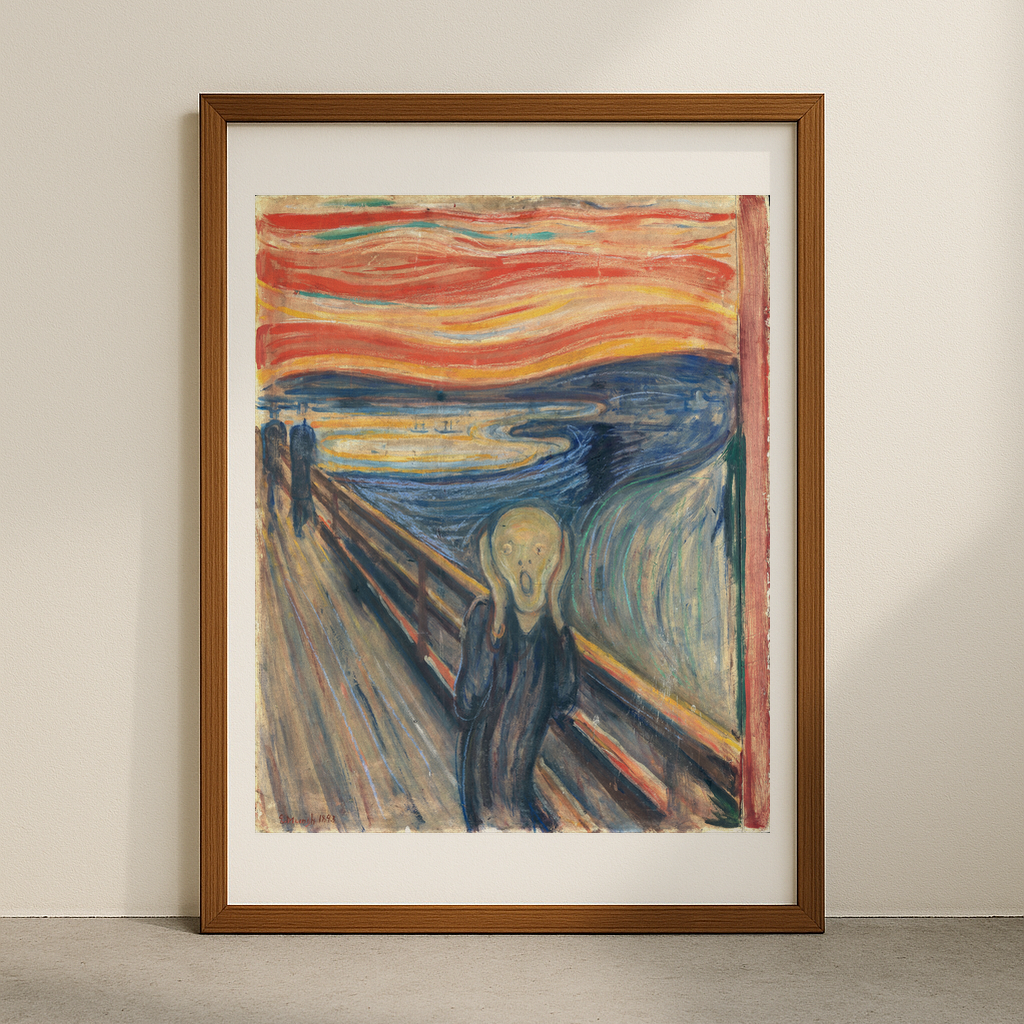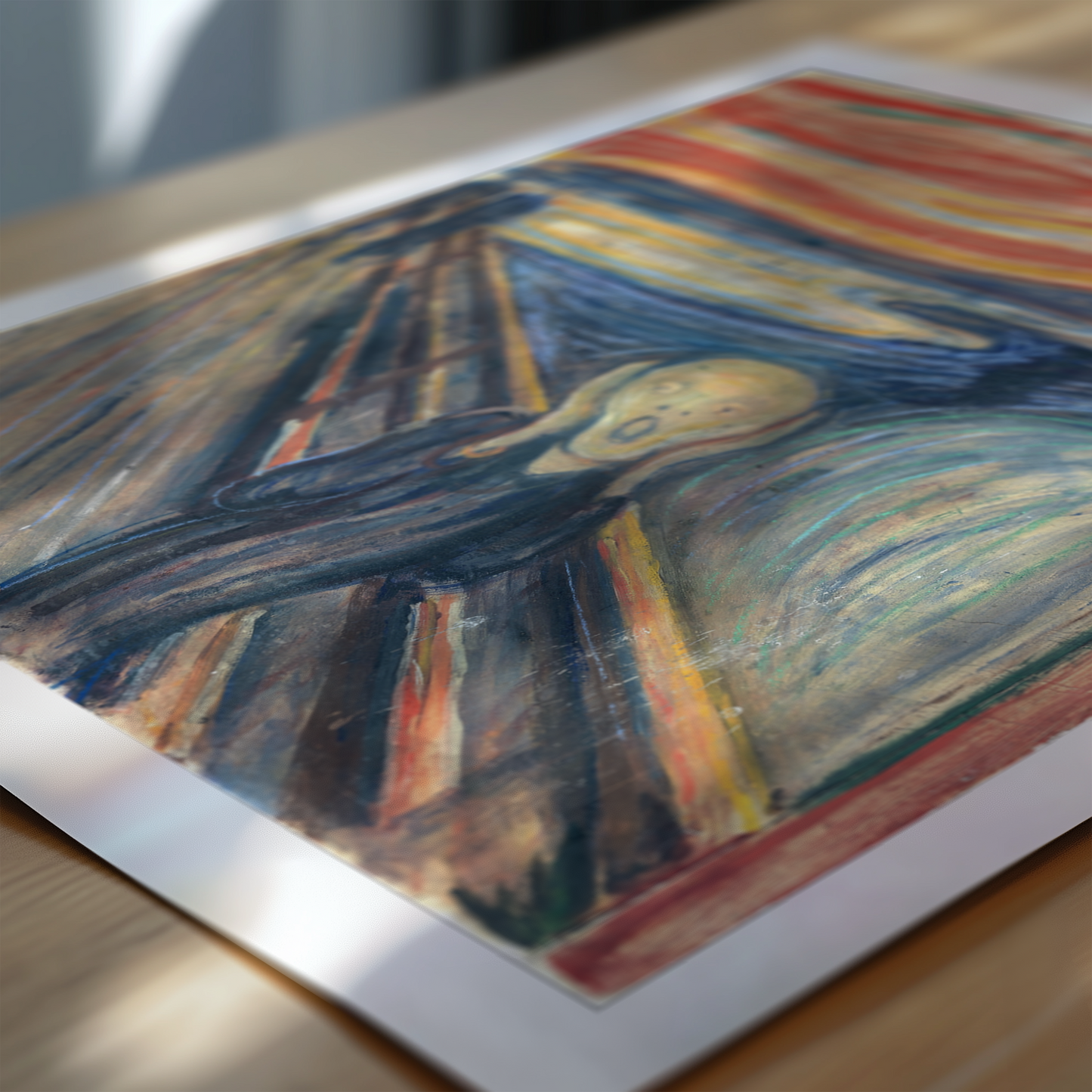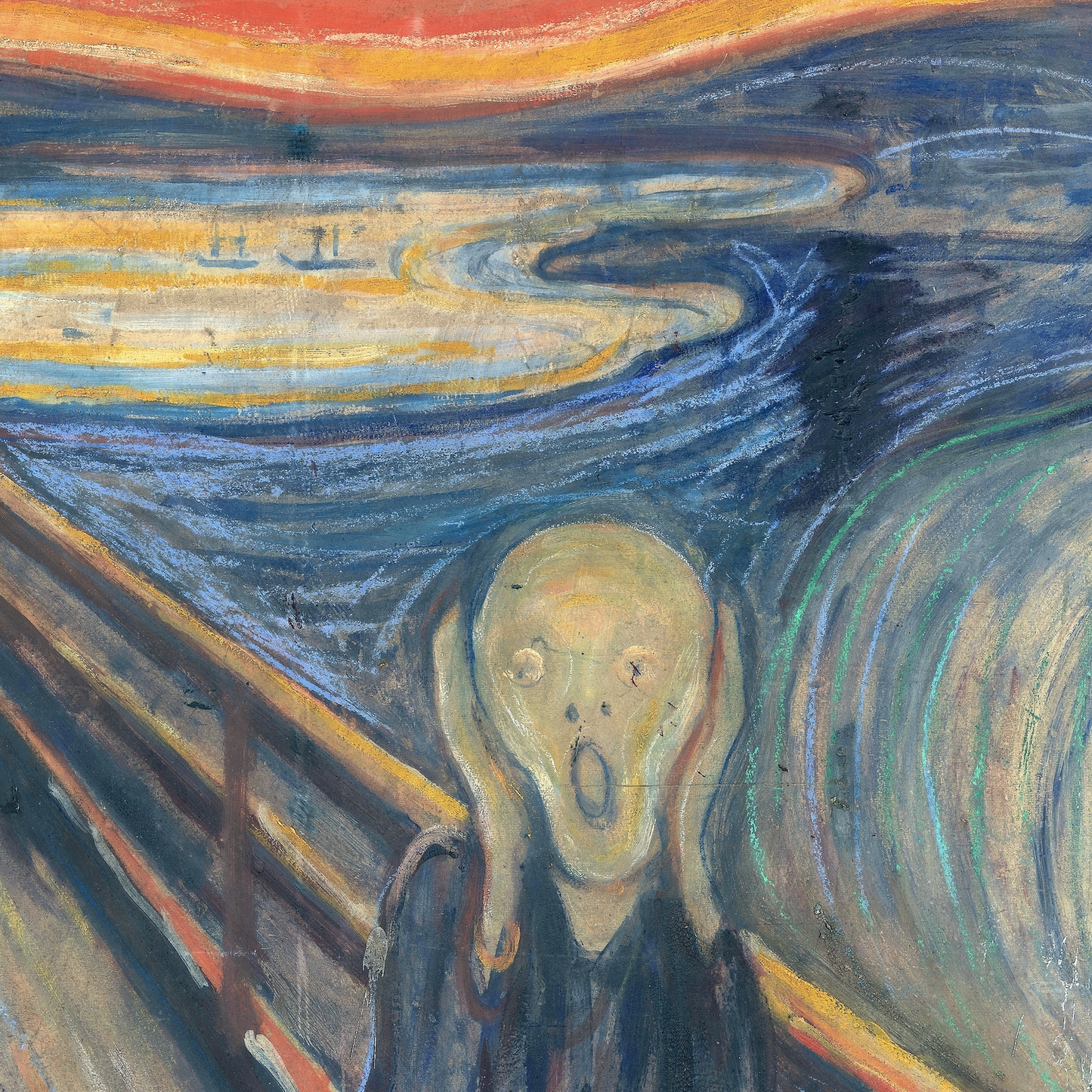1
/
of
6
Edvard Munch's famous paintings. Original
Edvard Munch's famous paintings. Original
Regular price
£12.45 GBP
Regular price
Sale price
£12.45 GBP
Taxes included.
Quantity
Couldn't load pickup availability
Edvard Munch's Paintings: A Journey Through Emotion and Expression
Munch's distinctive style, particularly evident in 'The Scream' (1893), captures raw human emotions through bold, swirling brushstrokes and vivid, unsettling colours. His unique technique of using thin paint layers and scratched surfaces creates a sense of movement and psychological tension, while his distinctive use of wavy lines and distorted perspectives reflects inner turmoil and anxiety.
The Norwegian artist's work emerged from personal trauma, including the early deaths of his mother and sister from tuberculosis. These experiences profoundly shaped his artistic vision, leading him to explore themes of love, anxiety, and mortality. His expressionist approach revolutionised modern art by prioritising emotional impact over realistic representation, influencing subsequent generations of artists who sought to convey psychological states through visual means.
Munch's artistic process was deeply introspective, often revisiting and reinterpreting the same subjects multiple times. He worked primarily in oil paint but also experimented extensively with lithography and woodcuts, creating variations of his most powerful images. His colour choices were deliberately symbolic - intense yellows and reds representing passion and anxiety, while deep blues and blacks conveyed melancholy and loss. This emotional symbolism, combined with his distinctive brushwork, created works that continue to resonate with viewers, speaking to universal human experiences of isolation, fear, and desire.
View full details
Munch's distinctive style, particularly evident in 'The Scream' (1893), captures raw human emotions through bold, swirling brushstrokes and vivid, unsettling colours. His unique technique of using thin paint layers and scratched surfaces creates a sense of movement and psychological tension, while his distinctive use of wavy lines and distorted perspectives reflects inner turmoil and anxiety.
The Norwegian artist's work emerged from personal trauma, including the early deaths of his mother and sister from tuberculosis. These experiences profoundly shaped his artistic vision, leading him to explore themes of love, anxiety, and mortality. His expressionist approach revolutionised modern art by prioritising emotional impact over realistic representation, influencing subsequent generations of artists who sought to convey psychological states through visual means.
Munch's artistic process was deeply introspective, often revisiting and reinterpreting the same subjects multiple times. He worked primarily in oil paint but also experimented extensively with lithography and woodcuts, creating variations of his most powerful images. His colour choices were deliberately symbolic - intense yellows and reds representing passion and anxiety, while deep blues and blacks conveyed melancholy and loss. This emotional symbolism, combined with his distinctive brushwork, created works that continue to resonate with viewers, speaking to universal human experiences of isolation, fear, and desire.

